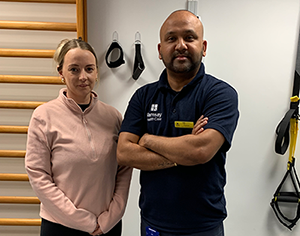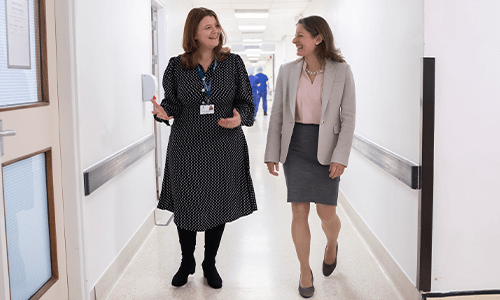Laparoscopic Nissen fundoplication is one of the most common surgeries to treat heartburn due to acid reflux. It is also called Nissen’s fundoplication, laparoscopic fundoplication, anti-reflux surgery and GERD surgery.
This surgical operation is performed to relieve acid reflux for patients with gastroesophageal reflux disease (GERD) and/or a hiatal hernia.
GERD is a digestive disorder that occurs when your stomach’s acid flows the wrong way and goes back into your oesophagus. It is caused by the ring of muscle between your oesophagus and your stomach being weak or relaxing when it shouldn’t.
A hiatal hernia is when part of your stomach bulges through your diaphragm into your chest cavity and can also be caused by weakened muscles or pressure on the muscles.
Our surgeons have high success rates due to their level of experience in laparoscopic Nissen surgery. They have specialist training and routinely perform laparoscopic treatment whenever possible.
We understand how difficult it can be living with acid reflux and that some patients prefer to have an operation than take medication for the rest of their life. Laparoscopic Nissen will end the inconvenience of long-term medication treatment and the symptoms of acid reflux.
We offer convenient appointments without waiting to examine the cause of your acid reflux. We discuss in detail treatment options and recommendations and everything you need to know about a laparoscopic Nissen surgery.
At Ramsay Health Care UK, patient and staff safety is our primary concern. All Ramsay hospitals follow strict protocols to control and prevent infection, including Covid 19.


